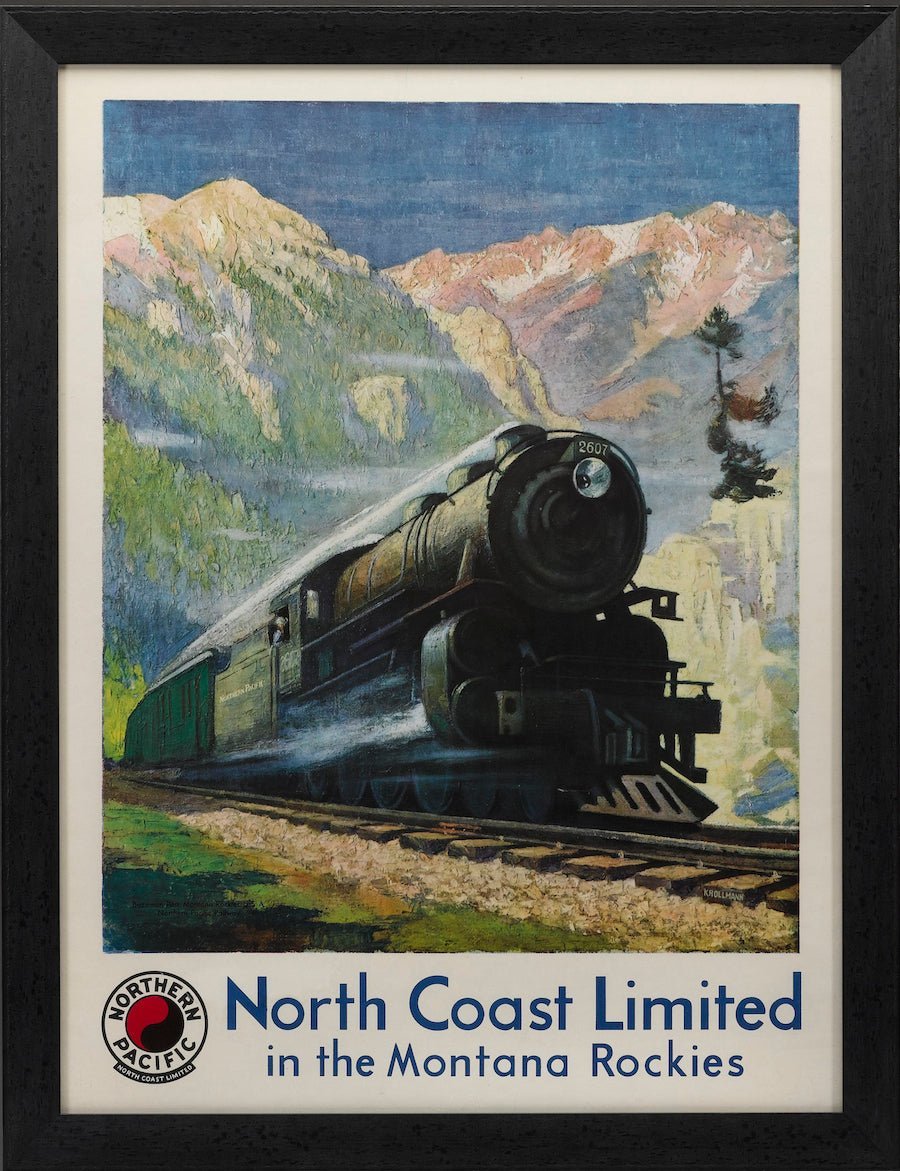Ernest Hemingway: A Character Himself
Ernest Hemingway may be a well-known name that conjures images of cocktails, Cuban beaches, typewriters, and scattered papers but what makes this 20th century writer so special? His works have not only given us a deep insight into his own experiences and psyche, but Hemingway created a style of prose that changed modern literature forever.
KEEPING HIS CHARACTERS CLOSE

For example, A Farewell to Arms follows the story of a young, wounded soldier who falls in love with his nurse, Catherine. While the story ends differently than Hemingway’s personal episode, he perhaps saw his main character as another version of himself. Hemingway served in the Red Cross during WWI as an ambulance driver and was severely wounded. As he recovered in Milan for the next six months, he fell desperately in love with his Red Cross nurse, Agnes von Kurowsky. Detailed descriptions and passionate personalities are possible in A Farewell to Arms because of his personal closeness with the core plot.
For Whom the Bell Tolls reveals a deeper psychological acceptance of mortality that the author developed after serving in WWI as well as the intense connection he later established with Spain. The book describes a young American volunteer fighting in the Spanish Civil War, a topic Hemingway covered in-depth while acting as a war correspondent. A recurring theme of death is prevalent in the novel, especially at the end as the main character accepts his fate. Since his first visit, Hemingway adored Spain and her culture. When an intense Civil War broke out that would foreshadow events in WWII, Hemingway followed the events fervently. Additionally, the author echoes his sentiments on war and mortality in For Whom the Bell Tolls that he later concisely described in Men at War:
“When you go to war as a boy you have a great illusion of immortality. Other people get killed; not you. . . . Then when you are badly wounded the first time you lose that illusion and you know it can happen to you. After being severely wounded two weeks before my nineteenth birthday I had a bad time until I figured out that nothing could happen to me that had not happened to all men before me. Whatever I had to do men had always done. If they had done it then I could do it too and the best thing was not to worry about it."
With every novel or short story, the reader learns more about who Ernest Hemingway was. His collection of writings tell a deep, underlying story of the psyche of the man who wrote them. He drew heavily on his own life events, but his tales included plenty of inventions that were designed to propose a more universal truth in what he experienced. It is because he drew so heavily on his own life, thoughts, and feelings that he was able to utilize his new style of prose that impacted literature forever.
THE ICEBERG THEORY
The blunt, adventurous author developed a style of prose that came to define an era. Referred to as the Iceberg or Omission Theory, Hemingway insisted that much more was derived from his stories from what was left unsaid than what was explicitly explained to his audience. Drawing on the shared experiences of humankind, he was certain that if the reader searched for the true meaning of the story, then it will have a deeper impact. As a writer, he constructed a full story with every detail accounted for but may not have included the details for the reader, insisting that the author must know everything and the reader must interpret. In his Art of the Short Story, Hemingway explained, “If you leave out important things or events that you know about, the story is strengthened. If you leave out or skip something because you do not know it, the story will be worthless.”
Hemingway, himself, coined the term “Iceberg Theory” as he explained it in Death in the Afternoon: “If an author of prose knows enough about what he is writing about, he may omit things that he knows, and the reader, if the writer is writing truly enough, will have a feeling of those things, as strongly as though the writer had stated them. The dignity of movement of an iceberg is due to only one-eight of it being above water.” This theory allowed Hemingway to use himself as a basis for his stories and write more intimately about life and emotion. It gave his stories more depth and meaning without explicitly stating his themes.
His style of prose set the groundwork for a new wave of 20th century authors and impacted American literature ever after. Experience Ernest Hemingway’s ground-breaking first edition works offered at The Great Republic.









